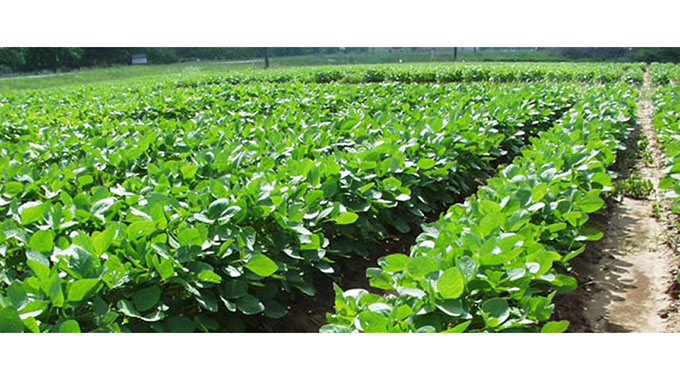Presidential inputs scheme contracts 350 000 cotton farmers

Business Reporter
NEARLY 350 000 farmers have been contracted to grow cotton under the Presidential Inputs Scheme, with about 255 000 hectares having been planted.
The Cotton Company of Zimbabwe (Cottco), which administers the scheme said it distributed 5 100 tonnes of seed and 24 000 tonnes of basal fertiliser.
Under the scheme, farmers get free basal and top dressing fertiliser, seed as well as chemicals.
“We have received the rains in most parts of the (cotton producing) regions and many farmers have planted,” Cottco acting accounting officer Mr Munyaradzi Chikasha said Tuesday.
“In other areas in the Lowveld, Mukumbura, Rushinga, some parts of Muzarabani and Checheche, the rains came too late and planting is ongoing.”
In Gokwe and Sanyati — the largest cotton-producing regions — farmers have completed planting. “Even if we are to receive light showers once every week or two weeks in these areas, we should be able to get good yields,” said Mr Chikasha.
Running for the eighth straight season, the state-assisted scheme has seen an average of 400 000 households receiving free inputs.
Despite occasional production dips during drought seasons, cotton output expanded from 28 000 tonnes in 2014, the lowest in nearly two decades, to 145 000 tonnes in the 2017/18 season.
Apart from free inputs, farmers also receive tillage services and agronomy support.
The scheme helped to fill in the gap left by private contractors who scaled down funding citing poor recoveries on their investments due to side marketing.
The scheme, which supports about 85 percent of farmers with the remainder funded by private firms, has helped to revive the cotton industry, a major source of employment for rural farmers.
Earnings have grown from US$11 million in 2016 up to US$70 million last year with benefits having been accrued along the value chain and around the cotton production ecosystem.
At peak, Zimbabwe produced 351 000 tonnes of cotton in the 2010/11 season and the Government has since set a target to raise production to 300 000 tonnes by 2025.
Zimbabwe mainly uses open-pollinated varieties but indications are that production could go up to as much as 600 000 tonnes with the use of hybrid seeds.
Experts are urging the Government to ramp up the use of hybrid seeds to boost productivity and cut the risk of crop failures as OPVs are getting more susceptible to diseases.
Meanwhile, cotton prices closed the year 25 percent on the weaker side and from their highs. It declined by nearly 45 percent because of the weak demand coming in from India, China and Pakistan. Prices were hit in India after textile companies had slashed their capacity by 50 to 70 percent.
India and Pakistan export a lot of cotton and textile goods and that too has seen a marginal decline. A USDA report suggests that global cotton consumption is the second lowest in a decade now and the overall global trade also is down by nearly a million bales. — Business Reporter/CNBC.









Comments